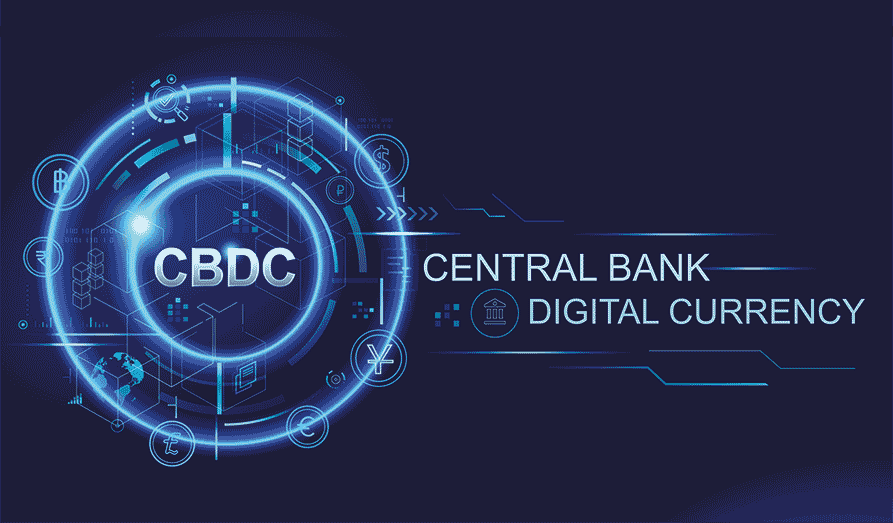
BIS Innovation Hub Have Started to Collaborate with Multiple Asian Central Banks. The Currently Announced Ones include The Central Banks of Malaysia, South Africa, Australia, Singapore to Develop mCBDC Platform, Crypto Lists reports.
There is no doubt that the past few years have seen some of the biggest innovations in the international financial sector, particularly because of the creation of blockchain technology. Recently, central banks have been embracing the technology to develop central bank digital currencies or CBDCs. These are digital forms of a country’s fiat currency, and they are meant to work like other stablecoins mentioned at Cryptolists. The main difference is that CBDCs are developed and issued by traditional central banks.
BIN Innovation Hub and the central banks of South Africa, Singapore, Australia, and Malaysia have collaborated to develop prototypes for a common multiple CBDC platform. The project has been dubbed Project Dunbar and is part of the greater mBridge project. On March 22nd, a representative from Bank Negara Malaysia noted that the platform would allow financial institutions to use CBDC to transact with each other. The point of the network is to make cross-border transactions seamless as there will be no need for intermediaries. This also means that the transaction costs will be very low and the transfers will be completed much faster.
BNM assistant governor, Fraziali Ismail, noted that the project indicates the importance of central bank collaboration in the development of payment platforms.
How Did Project Dunbar Perform?
The multiple CBDC network is simply an interoperable platform that allows institutions to send national digital currencies. The prototype was able to operate 24/7 and completed transactions within seconds. In comparison, the current network of commercial banks takes several days to complete payments. The prototype also reduced transaction costs by about 50%.
It is worth noting that this project was meant to build on Project Inthanon-LionRock, which was also part of the mBridge project. It was handled jointly by the Central Bank of Thailand and the Hong Kong Monetary Authority. This project also looked to create a cross-border infrastructure system that improved transfer fees, transaction speeds, and operational complexities. It also helped to test features such as transaction privacy, monitoring, and compliance – three commonly discussed topics in the cryptocurrency industry. Tired of waiting for CBDCs? Try Local Bitcoins or Gate IO today!
![]()
Rating: 9.27/10
Number of instruments: 2801+ instruments
Description: One of the major crypto exchanges. Get started today and enjoy their amazing exchange. Try Gate IO now!
Risk warning: Trading, buying or selling crypto currencies is extremely risky and not for everyone. Do not risk money that you could not afford to loose.!
Issues Highlighted
Project Dunbar highlighted a few issues that have to be tacked in the development of multiple central bank digital currencies. One issue noted by the Malaysian central bank is that it isn’t clear who would be allowed to hold and transact using mCBDCs on the platform. The central bank also mentioned that there needs to be a system that ensures respect for differences in financial regulations in different countries. Another thing pointed out is that some countries may not be willing to share their national payment infrastructure as it is quite sensitive.
What’s Next?
Project Dunbar has been a success, and it has exposed a number of problems that have to be tackled before mCBDCs can be used widely. The next phase of the mBridge project will explore how mCBDC technology can be used to serve the central banking community as a public good. This is meant to be done through open sourcing. The mBridge team will come up with a roadmap from a prototype to a production-ready network. Because of the sensitive nature of central banking, more trials will be carried out in safe and controlled environments. Commercial banks and other market participants will also be involved in the next phase of the project. We’ll be monitoring the project at Crypto Lists.






























